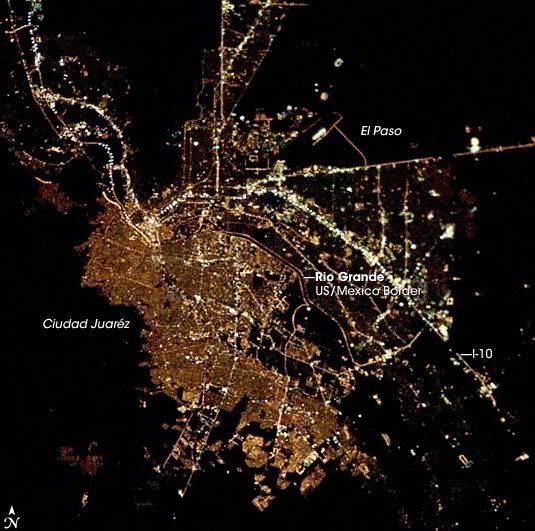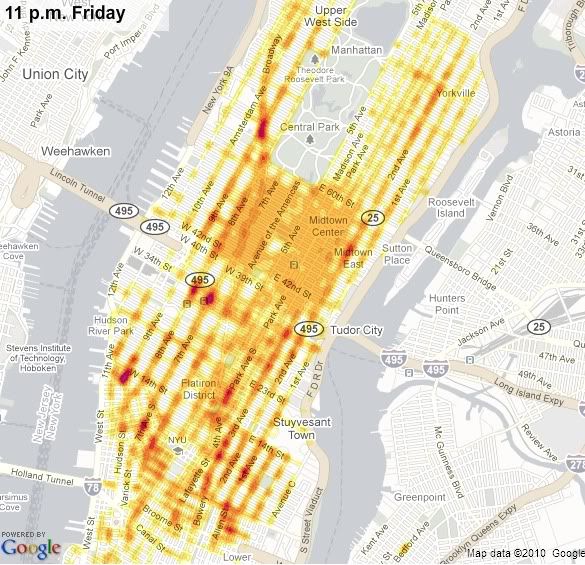
So says Eric Berger:
Officials from Louisiana to Florida remain concerned about oil leaking from a Transocean rig that exploded last week in the Gulf of Mexico, killing 11.That's a thousand
As crews attempt to stop the flow of an estimated 42,000 gallons a day escaping from a pipe about 5,000 feet below the surface, the oil slick has been slowly expanding across the Gulf.
Satellite images have helped officials track the slick as it swirls around the Gulf. Here's the best, most recent image captured by NASA's Aqua satellite.
 barrels of oil a day, leaking up from the bottom of the Gulf where the rig's pipe snapped off (those are technical terms). And it looks increasingly likely that the only thing that will work to stem the leakage is to drill a relief well, but that'll take months. (Part of the problem is that the well is 5,000 feet down, which complicates any potential engineering solution, as you can imagine - but those are the sorts of problems you run into when you're scrounging under the earth's proverbial sofa for the every last drop of fossil fuel resources you can find.) The slick is already 80 miles by 36 miles across and likely to reach land within days. This thing could get very ugly for the Gulf Coast.
barrels of oil a day, leaking up from the bottom of the Gulf where the rig's pipe snapped off (those are technical terms). And it looks increasingly likely that the only thing that will work to stem the leakage is to drill a relief well, but that'll take months. (Part of the problem is that the well is 5,000 feet down, which complicates any potential engineering solution, as you can imagine - but those are the sorts of problems you run into when you're scrounging under the earth's proverbial sofa for the every last drop of fossil fuel resources you can find.) The slick is already 80 miles by 36 miles across and likely to reach land within days. This thing could get very ugly for the Gulf Coast.UPDATE: Now it's 100 x 45 miles.

From the Times-Picayune.






